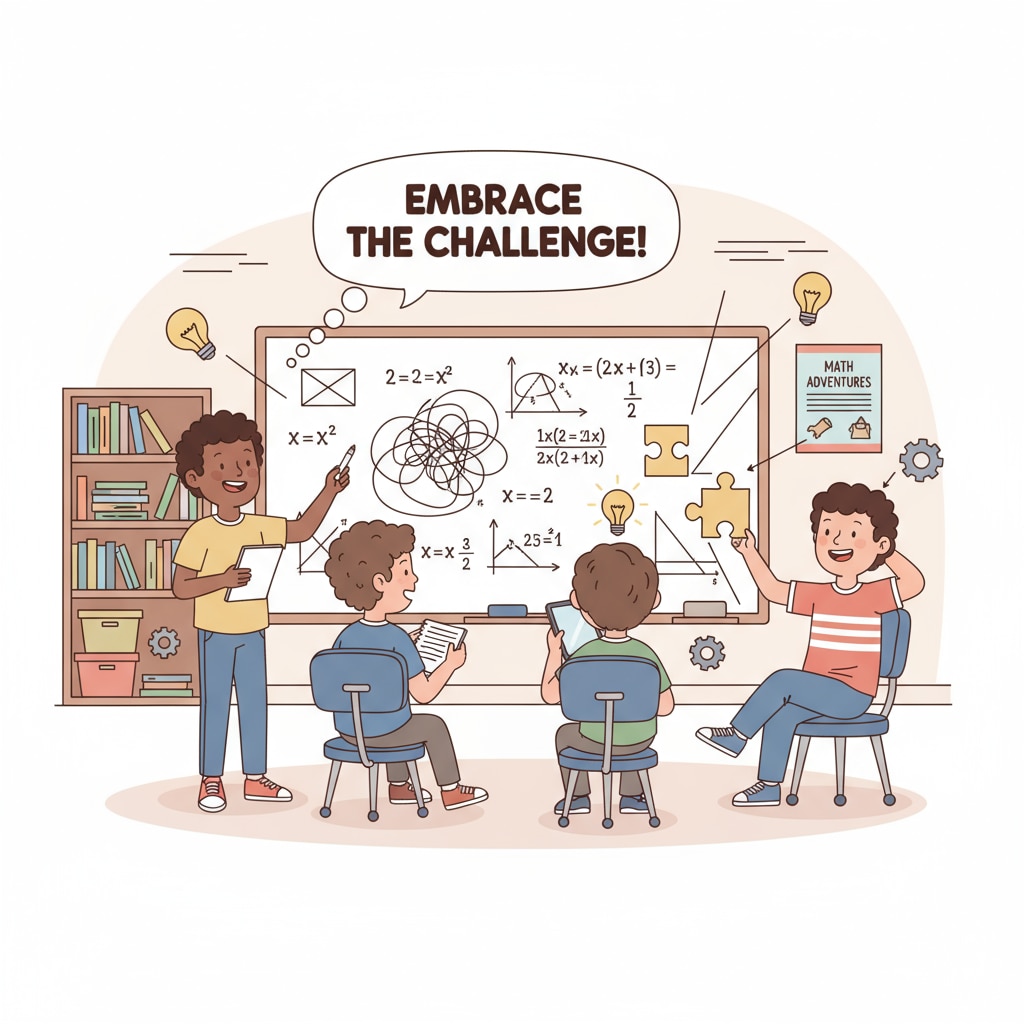In today’s educational environment where the pursuit of quick results is prevalent, the concept of ultralearning, along with effective learning methods, leading to deep learning, has become more crucial than ever, especially in the K12 stage. Students are often bombarded with the idea of achieving success rapidly, but in reality, true knowledge acquisition and understanding require a different approach. Scott Young’s Ultralearning presents nine core principles that can be a guiding light for educators and parents in fostering deep learning in children. These principles not only help students master academic subjects but also equip them with skills for a lifetime of learning.

The Foundation of Ultralearning: Clear Purpose
At the heart of ultralearning and deep learning is having a clear purpose. When students in K12 education understand why they are learning a particular subject, they are more motivated. For example, if a student realizes that learning history can help them understand the present and make better decisions in the future, they will be more engaged. A clear purpose acts as a driving force, pushing students to dig deeper into the material. This is the first step in establishing effective learning methods.
Embracing Challenge: The Key to Growth
Deep learning doesn’t occur in a comfort zone. Encouraging students in K12 to embrace challenges is essential. When they are faced with difficult tasks, they develop problem-solving skills and resilience. For instance, in a math class, instead of always providing the easiest problems, teachers can introduce more complex ones. This forces students to think critically and explore different ways of solving problems, which is a fundamental aspect of ultralearning.

Another important aspect is the ability to self-correct. In the process of ultralearning, students should be taught to identify their mistakes and learn from them. This self-awareness is crucial for deep learning. Teachers and parents can guide students to reflect on their work regularly, analyzing what went wrong and how to improve. By doing so, students become more independent learners, which is a key outcome of implementing these learning principles.
Readability guidance: As we can see, each of these principles plays a vital role in promoting deep learning in K12 education. By following Scott Young’s nine learning principles from Ultralearning, we can help students move beyond the pursuit of quick fixes and build a solid foundation for lifelong learning. In addition, educators and parents need to work together to create an environment that supports these learning methods. For example, providing access to resources, such as libraries and online learning platforms, can enhance the learning experience. Therefore, let’s embrace these principles and guide our children towards a future of deep understanding and knowledge mastery. Learning on Wikipedia Ultralearning Definition


